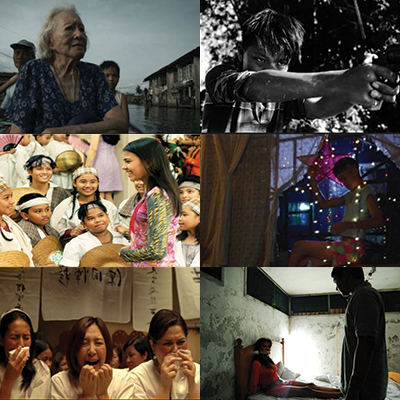January 1, 1897
The first film screenings in the Philippines took place on this day. The title of the films shown were Un Homme Au Chapeau (Man with a Hat), Une scene de danse Japonaise (Scene from a Japanese Dance), Les Boxers (The Boxers), and La Place de L’Opera (The Place L’Opera). The films were projected using the 60mm Gaumont Chrono-photograph projector at the Salon de Pertierra at No. 12 Escolta, Manila.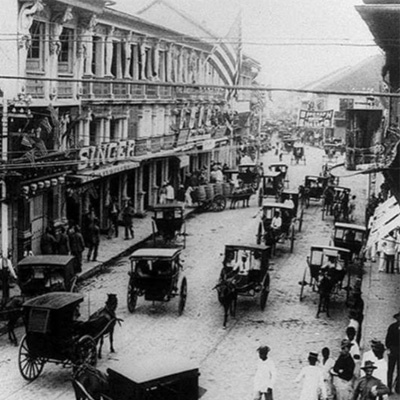
1897
In the same year, the Lumiere Cinematograph was first introduced in the Philippines by a Spanish soldier named Antonio Ramos.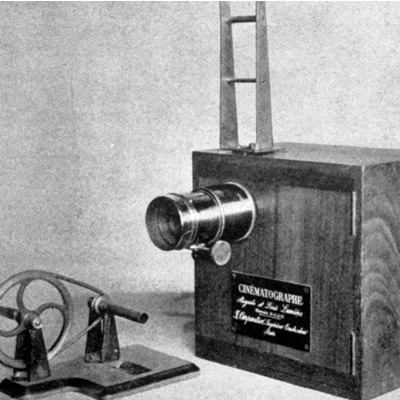
1900s
A resurgence of movie houses begins in the early 1900s not only in Manila but in provinces that already had electricity. To this day, among the ASEAN countries, the Philippines retains several of its old movie houses in the urban and even in the secluded rural areas of the country.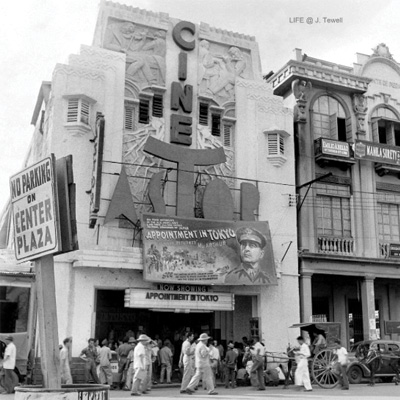
1919
Jose Nepomuceno’s Dalagang Bukid (Country Maiden) was released. Dalagang Bukid is the first Filipino (silent) film produced in the Philippines. Jose Nepomuceno became known as the Father of Philippine Cinema.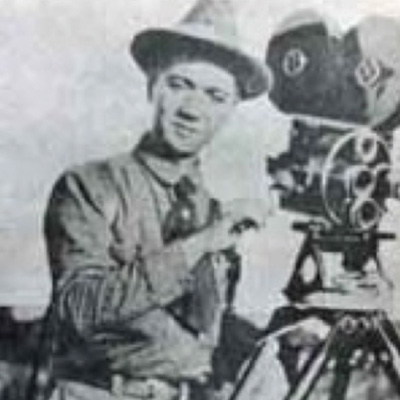
1930s
Film began to be recognized as another medium of art. Stories from Philippine literature and popular theater were the main sources of storyline and characterization. On March 9, 1933, Jose Nepomuceno’s Punyal na Guinto (Golden Dagger) premiered at the Lyric Theater. Punyal na Guinto was credited as the very first locally made talkie (film with sound).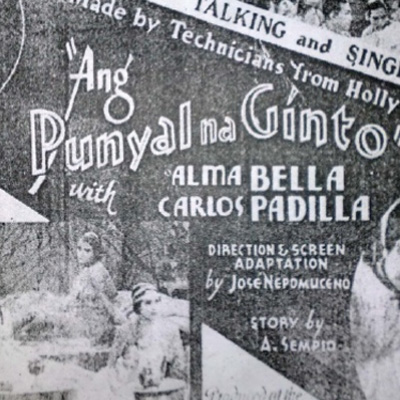
1940s
The local audience embraced Philippine cinema’s focus on war and heroism during this era.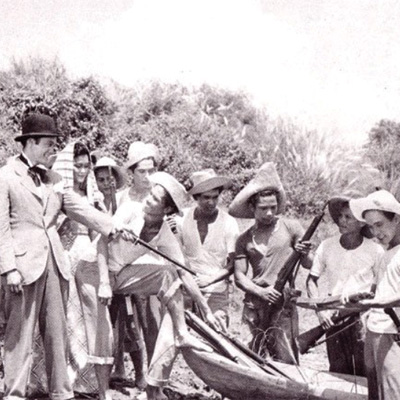
1950s
Regarded as the first golden age of Philippine cinema, major Philippine production studios produced a slew of artistic and notable films in the 1950s, some of which have been internationally acclaimed. One of the most notable of these was Manuel Conde’s Genghis Khan (1952), the first Asian film to be screened at the Venice and Cannes Film Festivals. At this point, the Philippine film industry averaged about 350 films per year, making the Philippines second to Japan in terms of number of film productions per year in Asia.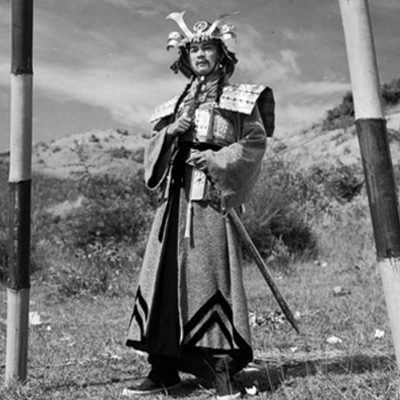
1960s
Filmmaking through monopolized studio system saw its end during the 60s as the era gave way to new and independent film production outfits. Along with this promising change came the introduction of new and different film genres for the local audience to explore. Such genres include Western, musical, action, and bomba (soft porn) films.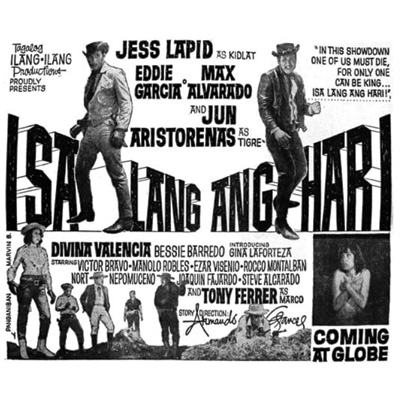
1970s
In the early 1970s, propaganda films became rampant as the Marcos regime strove to retain their control and power over the country. The government created a censorship board that would regulate films and ban those that criticize the administration. The second golden era of Philippine cinema transpired in the late 70s despite the government’s censorship mandate.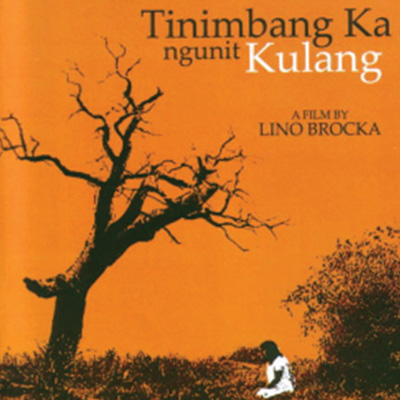
1980s
Despite the government’s censorship mandate starting in the late 70s, the 80s was the peak of the second golden era of Philippine cinema. Notable films and filmmakers that pushed Filipino cinema during this dark and dangerous period are Tinimbang Ka Ngunit Kulang by Lino Brocka, Himala by Ishmael Bernal, Burlesk Queen by Celso Ad. Castillo, and Tatlong Taong Walang Diyos by Mario O’Hara.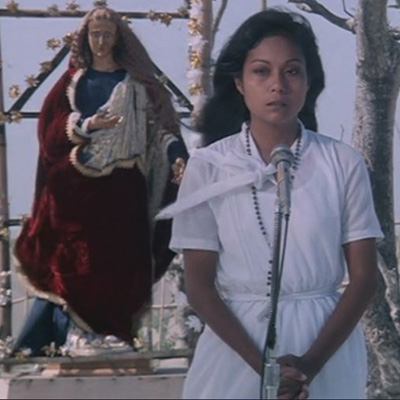
1990s
In spite of the promising new wave of independent movies and filmmakers, local production companies resorted to producing hastily made, low quality and formulaic films due to increasing production cost, extremely high taxes, censorship, and piracy. Despite this predicament, the film industry flourished and churned out about 200 films per year.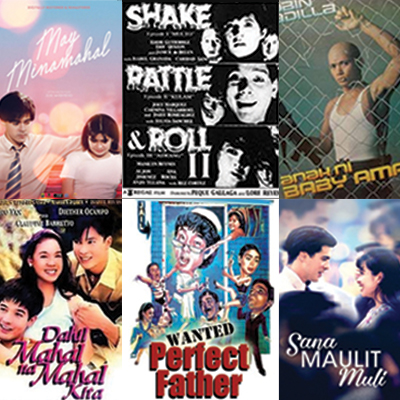
2000s
Local film release dwindled down to 50 per year as Hollywood films took over a big chunk of the Filipino film market at the beginning of the decade. Fortunately, the rise of the digital age in filmmaking swiftly made its way in the local industry, making it easier for independent filmmakers to produce films. Slowly but steadily, the local film industry found its new footing in the digital age of filmmaking which paved the way to the proliferation of critically acclaimed films that caught the eyes of prestigious film festivals both local and abroad.